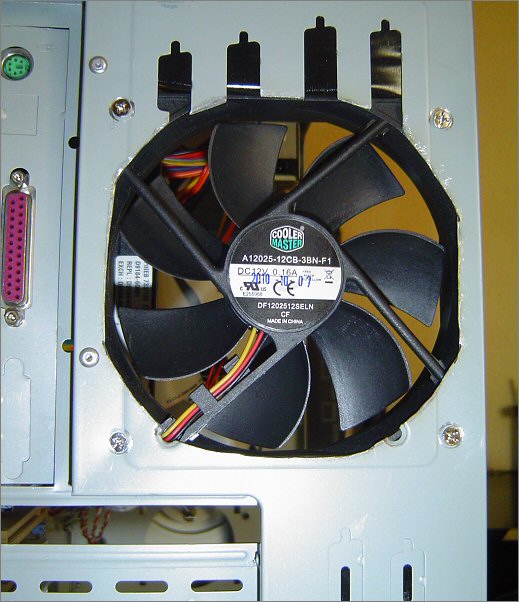Even cheap crappy PSUs have bleeder resistors on the main caps, so even if there's a fault in the PSU, it'll still drain the charge pretty quickly. Most PC PSUs are perfectly safe within about 20-30 seconds after being unplugged... and it generally takes a couple minutes to get all the screws out and get the cover off, so even a PSU with especially gigantic main caps will be safe by the time you can actually take it apart.
Fans can be resurrected, sometimes just with a cleaning/relube of the bearings... 3-in-1 oil is about ideal, and remember, WD40 is NOT a lubricant... or worst case it's often possible to replace the bearings. However, the former option tends to be a short term patch... if the bearing is damaged, you might can get it spinning again, but it ain't gonna be quiet. (And if the fan is seized, the bearing is damaged.) The latter option is quite tedious and is only worthwhile on oddball shit like proprietary laptop fans, where a replacement isn't available.
For an 80mm fan like you find in a PSU, just replace it. If you're lucky, it might just plug into the PSU board using a standard connector, and if you're not so lucky, you'll have to splice a couple wires... either way, though, it's not difficult, and 80mm fans are cheap, assuming you don't already have a box full of salvaged spares.

